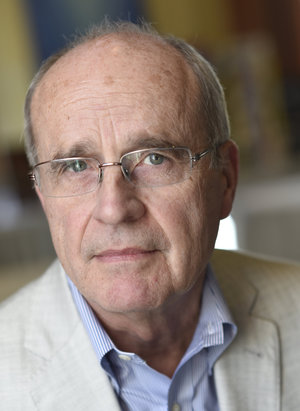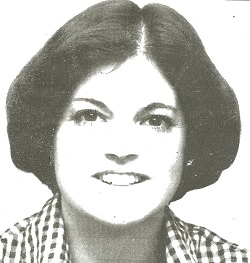Why I’m Fed Up with the Healthcare System
/By Nyesha Brooks, Guest Columnist
I'm so fed up with the healthcare system. I was diagnosed a year ago with a chronic invisible illness known as fibromyalgia. I also have depression and anxiety. I was relieved to finally have a name for what I was going through.
My journey with this illness has been pure hell. I live with chronic pain every day of my life. I had to resign from my employment of 8 years because I could not bear the pain any longer.
Suicide is a BIG concern when people have fibromyalgia. I had to reach out to the crisis hotline due to feeling like nobody understood. The pain is so unbearable, constant fatigue, numbness in your body parts, and crippling back pain at times. You also get brain fog that can cause memory loss and mood swings. It’s all isolating.
While there is no cure for fibromyalgia, doctors say it’s not fatal. But if you live your life in pain every day, it will cause all kinds of health problems that can lead to death.
My issue with the doctors today is they don't listen anymore and they stereotype everyone as opioid abusers. I’ve never done drugs or abused medications in my life. Even when I'm in severe pain, I still take only what is prescribed for me. It's almost like they want you to go home and suffer.
The problem with fibromyalgia is there's no detection or extensive research on it. There’s not a lot of information out there. To the naked eye I look fine and healthy. However, that’s not my reality. I have nerve damage. When I'm home I wear something very comfortable and I'm in bed most of my day. We are very sensitive to loud sounds and light. I listen to a lot of relaxing sounds on Youtube such as the rain falling.
NYESHA BROOKS
I have big help from my family that assist me throughout the day because I have limitations. I take all kinds of medications that I keep in a bag. The medication doesn't work at all. It just makes you very drowsy and increases the pain that you’re already in. Due to the opioid epidemic, we're restricted from getting the right medications.
I’ve been to the ER so many times because I get flare ups that can last all day or weeks. I'm on high blood pressure medicine due to being in severe pain. I'm telling you I don’t wish this on my worst enemy.
I have been fighting for my social security disability for a year now. I was rejected the first time and now I’m waiting on my appeal decision. It’s very upsetting because I'm a mother and I just want to take care my children.
Plan B is not even an option for me because I can't handle a day-to-day job. One task burns me out or takes me hours to do. My therapist says because I'm always stressing, I'm not going to be here to see my benefits. Today my doctor looked at me and suggested because of my age I should go back to the work world. I'm fed up. My doctor bases my reality on his research. How is research more accurate than my truth?
I met so many fibro warriors from a support group on Instagram and we all have similar stories with the healthcare system. I need help getting this awareness out because fibromyalgia matters and is real. The doctors need to take our illnesses seriously and listen. One rejection can cost a person their life. We need love, support and understanding.
Nyesha Brooks lives in South Philadelphia.
Do you have a story you want to share on PNN? Send it to: editor@painnewsnetwork.org.
The information in this column should not be considered as professional medical advice, diagnosis or treatment. It is for informational purposes only and represents the author’s opinions alone. It does not inherently express or reflect the views, opinions and/or positions of Pain News Network.







































